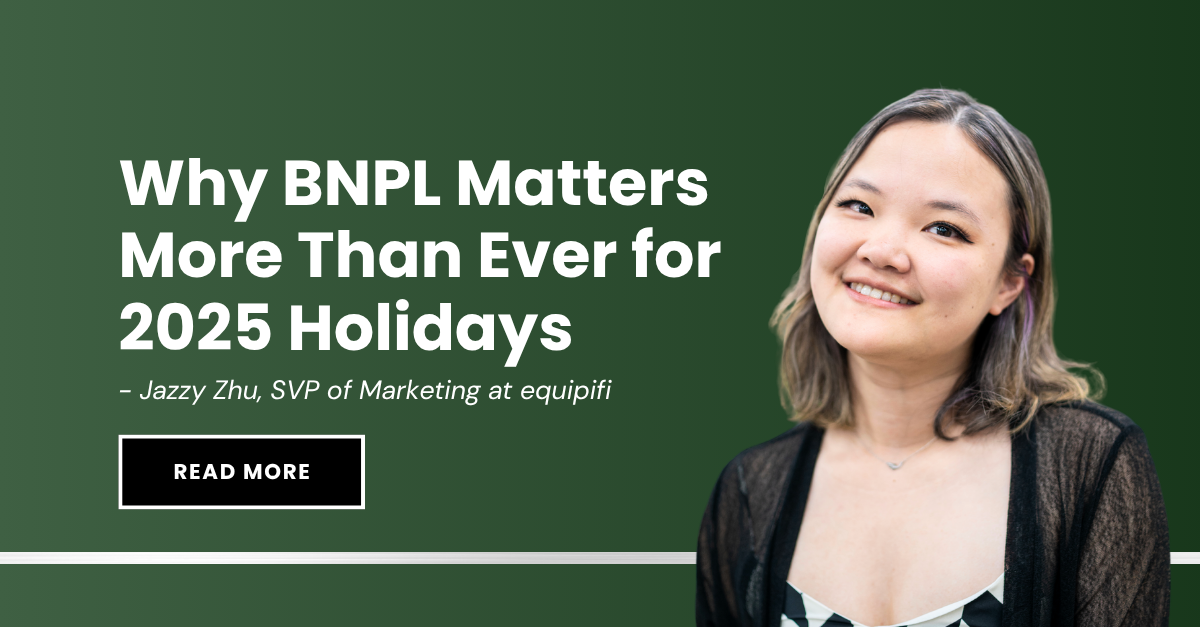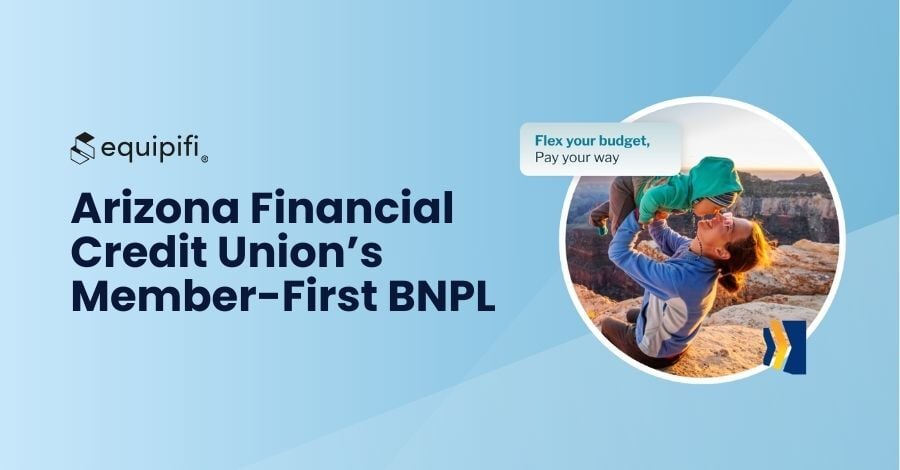BNPL has been heating up in the US for just over two years and industry growth is expected to pass $100 billion by 2024. But how will this new form of credit impact consumer financial health? What about the accumulating debt, regulatory arbitrage, and data harvesting attached to third-party BNPL fintechs?
With all this talk about lending, debt servicing, and increased consumer spending, regulators have been looking closely at third-party BNPL providers. In fact, the CFPB called out third-party BNPL providers in December 2021 to disclose information on their practices, including information surrounding how providers ensure they are not lending more than a consumer is capable of paying. This should pique the interest of financial institutions too - especially since 70 percent of BNPL users would prefer a solution from their trusted financial institution.
Direct and indirect: two types of Buy Now, Pay Later
Before we jump into potential regulatory impacts, let’s differentiate the two types of BNPL: direct and indirect. The differences between these two can be boiled down to where the loan originated and how the repayment occurs. Indirect BNPL exists as loan acquisition tools where the provider is not lending their own funds (and is not a regulated financial institution). Direct BNPL exists where the company providing the loan service is also extending their own funds.
Indirect BNPL is a lot like what you see from major BNPL third-party providers today such as Affirm and PayPal. Fintechs are using this kind of BNPL to establish loans and acquire new customers. They do so with little insight to the consumers’ financial health and therefore cannot ensure that these loans are high quality and low risk. This is the type of BNPL that gives the marketplace and regulators pause for being potentially risky to consumers, leading to ballooning debt that cannot be paid back. Financial institutions should be concerned about the risks third-party indirect BNPL pose to their customers. Large quantities of high risk debt will inevitably impact a customer’s relationship with their trusted banks and credit unions, particularly in the form of cash shortage and insufficient balances to fund these monthly payments.
The best defense is a great offense: to provide a direct BNPL solution from you, their trusted financial institution, built with the customer’s financial health in mind.
Direct BNPL can manage customer risk and streamline user experience
Direct BNPL originates from financial entities such as debit and credit card issuers to make sure repayment is more manageable, where customers can split up larger payments over time to lessen their financial pressure. This is a lower risk and higher quality loan that falls within regulatory best practices, and is a type that the CFPB has not commented on. It is also a proactive and branded effort for financial entities to manage their customers’ experience.
Currently, third-party fintechs are providing BNPL via separate applications - requiring users to download another application and fragment their customer journey even further. By requiring a consumer to leave their primary financial institution to acquire this alternative form of debt, these providers also create the need for greater visibility over personal budgets and potential overextensions. In addition, they do not have access to the account history, relationships and longevity that financial institutions have.
Support your customers’ financial health when there is not yet regulation
When regulations on BNPL occur, they will further protect consumer financial health and opt in favor of more transparency. Financial institutions will be in the best position to be an advocate for their customer’s financial health and goals as new regulations will most likely be in line with the same frameworks they are already required to follow.
Meanwhile, 61 percent of Gen Z and 60 percent of Millennials have already used BNPL, and 53 percent of consumers will be using BNPL in the next year. With no BNPL-specific regulations in the US to date, more and more of your customers will experience BNPL through third-party fintechs that will be putting their own card products into your customers’ wallets for all purchases.
But you know who can help do something about it? You. The financial institution trusted by your customers - both current and future.
.png?width=70&name=MicrosoftTeams-image%20(1).png)



SHARE